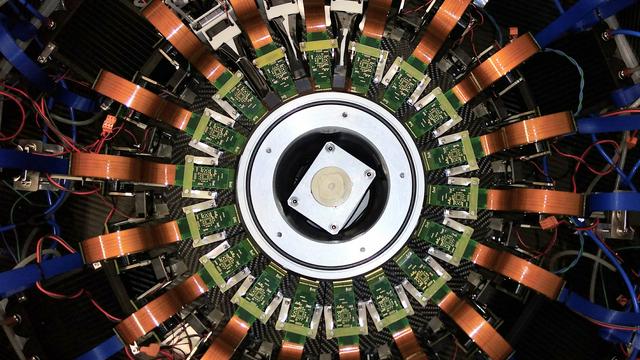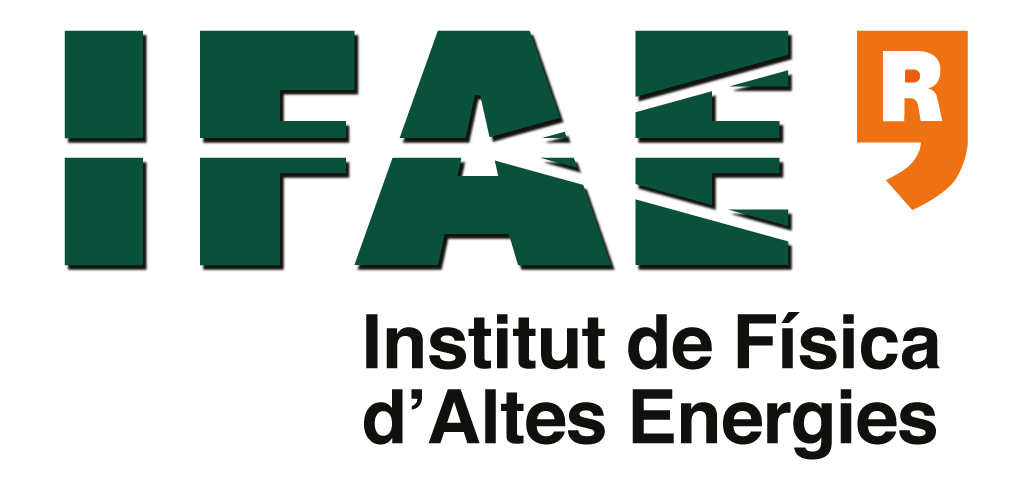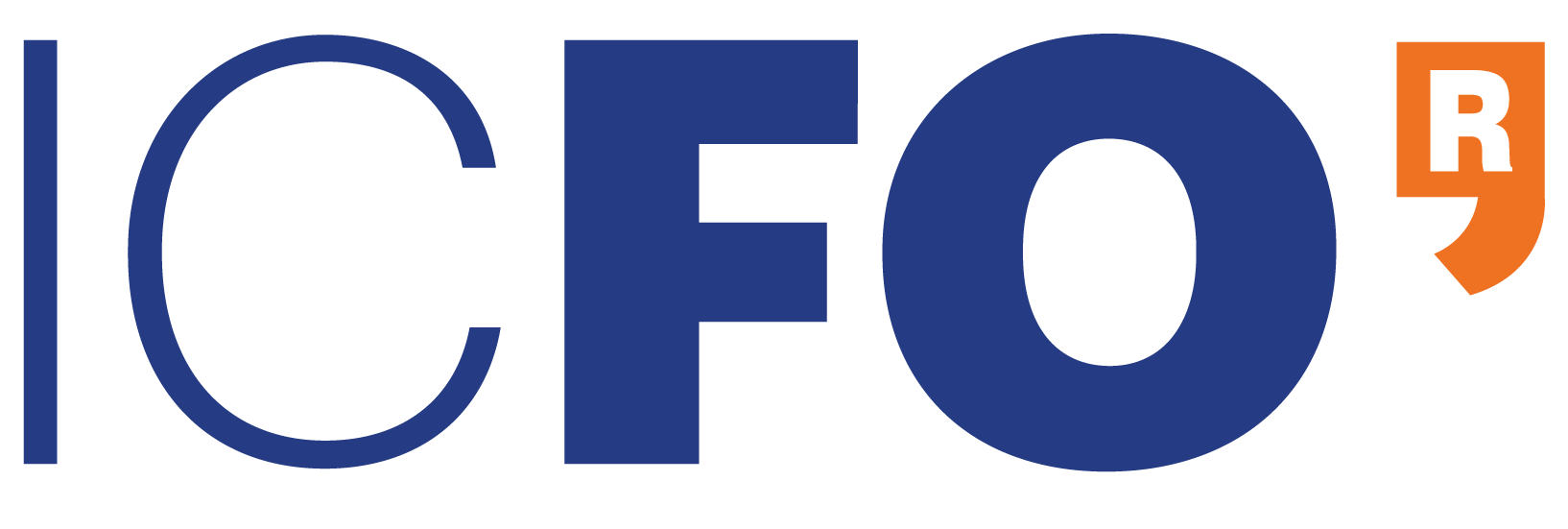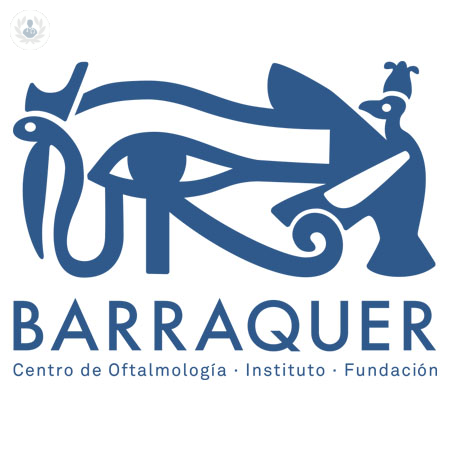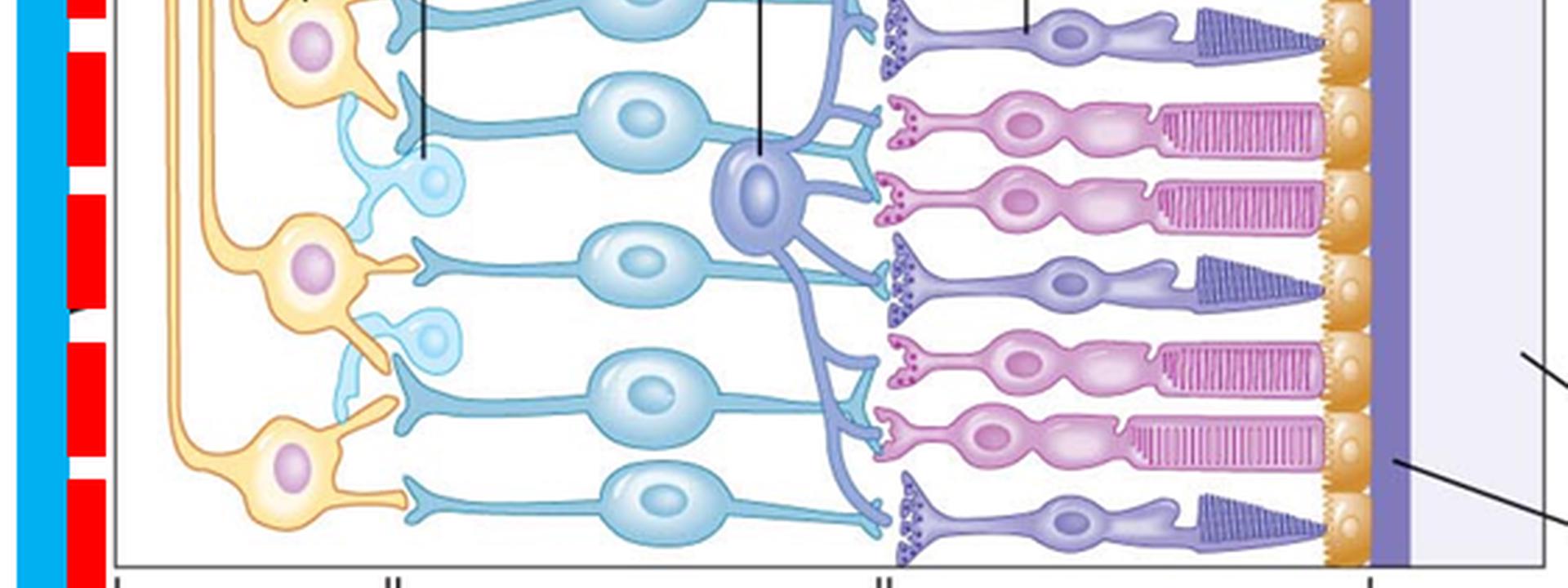
Research Projects
Adaptive Retinal Implant Technology for Vision Restoration (I-VISION)
I-VISION
Adaptive Retinal Implant Technology for Vision Restoration (I-VISION)
This project will develop the next generation of retinal prosthesis technology in efforts to restore high-acuity artificial vision to individuals blinded by retinal degeneration. Retinal prostheses operate by electrically stimulating retinal neurons that survive the degeneration in a spatiotemporal pattern that is interpreted by the brain as vision. Presently, the challenge to implement thousands of small-diameter electrodes and increasingly more sophisticated stimulation protocols that can adapt to the patients’ needs have not been met, which severely limits the quality of restored vision in current retinal prostheses.
The multidisciplinary consortium in this project is uniquely positioned to address the challenges hindering the performance of current retinal prostheses. The specific aims of this project are to a) develop revolutionary miniaturized electrode nanotechnology based on graphene capable of
- mediating high-charge injection highly localized that will improve the spatial resolution at the neural interface, and
- locally monitoring the stimulation efficacy allowing an adaptive therapy strategy;
- design and fabricate a novel Application Specific Integrated Circuit (ASIC) technology that permits application of a versatile set of electrical stimulation paradigms to the graphene-based retinal implant via wireless data and power protocols;
- utilize in vitro retinal electrophysiology to evaluate the most efficacious electrode configurations and stimulation paradigms for producing local activation of retinal neurons;
- assess stimulation efficacy and device stability in vivo using different animal models by developing novel in vivo imaging tools.
This project is structured to provide solutions to difficult biomedical challenges in order to improve vision restoration technologies. The developed technology will provide immediate benefits to retinal prosthesis patients, and may later serve as a standard-bearer for the much broader field of neuroprosthetics
IFAE contribution
The microelectronics of the prosthesis, which is IFAE’s responsibility, implements adaptive stimulation strategies and a novel technology, patented by IFAE in 2018, to wirelessly power and program a large number of pixels at high speed. The IFAE team submitted the first ASIC design for production in July 2020 and testing started in October 2020.
Consortium
This project aims at developing a novel retinal prosthesis technology that can provide patients with higher quality and more useful visual experience compared to that achieved by current technologies. In this sense, the consortium has been created on the basis of the following criteria:
- balance in expertise with regards to the different aspects of the project’s objectives and planned activities;
- research and clinical expertise to ensure a proper clinical orientation;
- scientific excellent and experience in research consortia participation and leadership.
As a result, the project involves some of the most renowned research institutions in nanoscience and nanotechnology, microelectronics, and photonics in Barcelona together with an ophthalmology clinical team; in addition, the consortium includes an international team that is one of the world-wide leading research institutions in eye research:
- Catalan Institute of Nanoscience and Nanotechnology (ICN2),
- Institut de Física d’Altes Energies (IFAE), and
- The Institute of Photonic Sciences (ICFO),
with some of most advanced clinical and preclinical centers in Ophthalmology and Neuroscience:
- Barraquer Foundation (BF), and
- Paris Vision Institute – Sorbonne Université (PVI)

